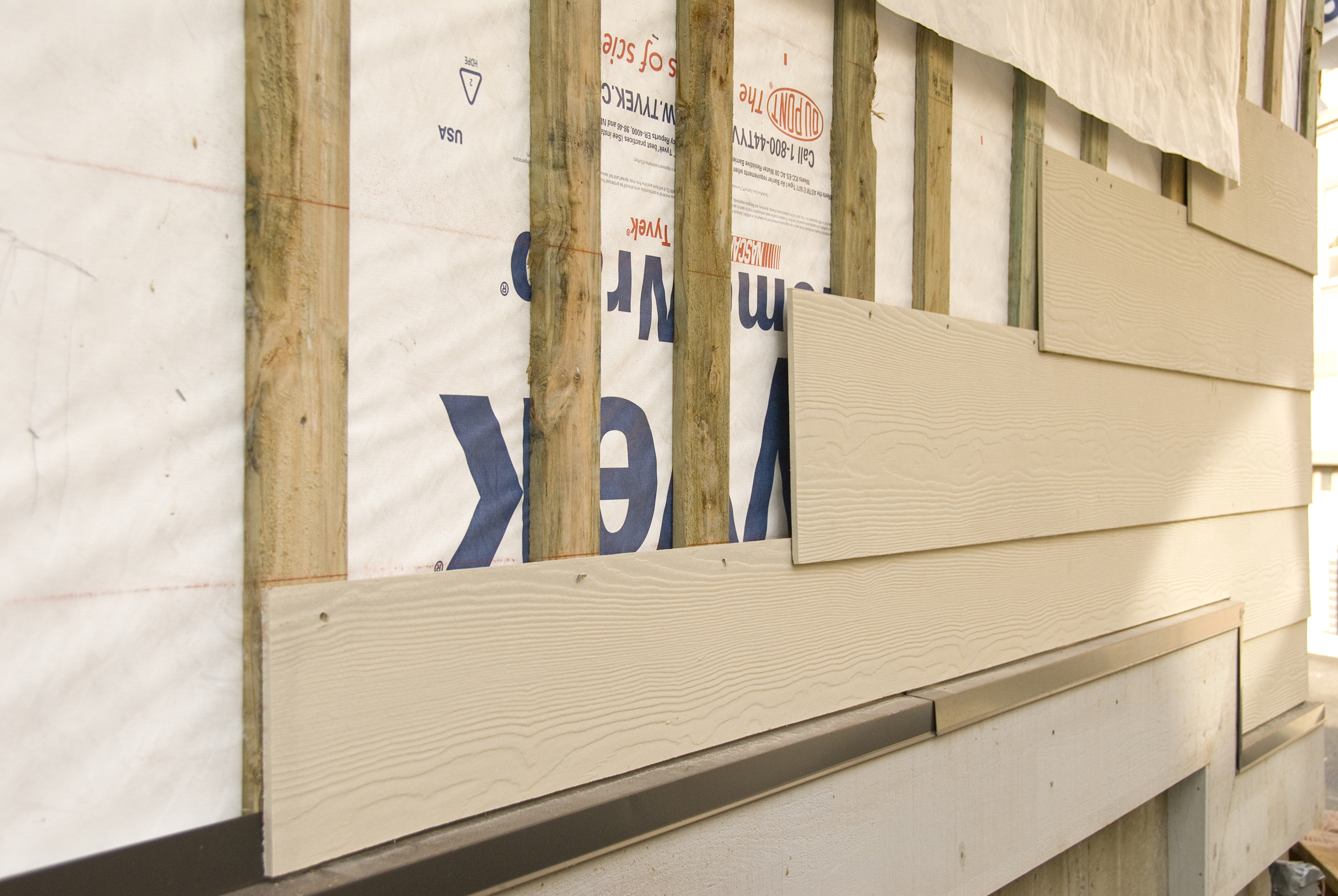A building has two sides to its existence: what we see from the outside and what’s hidden within. While the exterior features like the roof are easily visible, the inner workings often go unnoticed.
You might notice things like worn carpeting or scuffed floors, but issues like compromised insulation due to weather can slip under the radar. However, these unseen factors can greatly impact the building’s health and longevity. That’s where rainscreen cladding comes in.
Rainscreen cladding acts as a shield, protecting the building’s interior from harsh external elements like rain, snow, and moisture. It helps prevent problems like rot, mildew, and wood warping, which can lead to costly repairs for homeowners.
So, why does rainscreen cladding matter? Let’s look at this architectural innovation to understand its importance. Keep reading to learn more.
What is a Rainscreen?
Rainscreen wall systems are vital for protecting buildings from water intrusion. They act as a protective barrier, creating a small gap between the building’s exterior cladding and the main walls.
This gap helps to draw moisture away from the building, preventing damage that can occur when water is trapped within the walls for extended periods.
In terms of construction, building rain screens is an essential part of the overall exterior wall setup. While they don’t significantly impact the building’s footprint, they require a slight air gap between the outer cladding and the main walls.
This gap serves multiple purposes: it provides additional insulation and allows moisture to escape from the structure’s top and bottom. While some designs only allow moisture to escape from the bottom, having gaps at both ends helps maintain balanced pressure throughout the system.
What is the Importance of Rainscreen?
Now that we’ve got a good grasp of what rain screens are all about let’s dive into why they’re such a smart investment choice:
Improving Energy Efficiency
A rain-screen cladding system can help make your building more energy efficient by providing better insulation and ventilation.
Research suggests a rain-screen cladding system can lead to significant energy savings, potentially up to 30-40%. Over time, these savings can cover the initial investment in installing the main screen.
And if saving money isn’t enough, consider the positive environmental impact: by reducing energy consumption, you’re also helping to protect our planet.
Gives Room for Design Flexibility
Improving the thermal performance of an existing building isn’t the only advantage of applying an over-cladding treatment; it can also significantly enhance the overall appearance of the structure.
Rainscreen cladding offers architects and designers a lot of flexibility. With various materials, finishes, and installation options, they can get creative designs that match any architectural style or concept they have in mind.
Being lightweight, architects can come up with cool designs that stand out, almost defying gravity. The diverse choices for the exterior layer allow them to achieve the exact look they want, whether it’s a modern and sleek design or a more classic style.
The choice is yours, but it’s worth noting that adding a rainscreen cladding system can be a joyous transformation for the aesthetics of a building.
It doesn’t have to be an eyesore; instead, it can enhance the overall look and feel of the structure.
Booste thermal insulation
Rainscreen cladding provides a cost-effective solution for improving the thermal performance of existing buildings without compromising internal floor space.
This process, known as over-cladding, involves attaching slab insulation to the exterior wall of the building without reducing indoor space.
Subsequently, a breathable membrane is applied before ‘over’ cladding with a rainscreen system. This method effectively enhances insulation and reduces heat loss, improving energy efficiency.
Long-term Cost Savings
While the upfront cost of installing a rain-screen system may seem substantial, its long-term financial benefits can outweigh the initial investment.
Building owners can recoup their investment over time with improved energy efficiency and lower utility bills.
Moreover, rain-screen cladding helps protect the building’s structural integrity, reducing the need for costly repairs and maintenance.
It provides soundproofing.
Rainscreen cladding serves as an extra layer of defense for buildings, improving their ability to control sound and reducing noise pollution for the people inside.
This feature has become increasingly popular, especially for larger urban buildings and residential or office spaces near busy roads or airports.
Improves Building Durability and Weather Resistance
A rain-screen cladding system can strengthen your building and improve its handling of weather conditions.
It’s like adding an extra layer of protection, shielding your structure from damage caused by moisture, mold, and the wear and tear of the elements.
This is especially important in an area with heavy rain, strong winds, or rough weather. With rain-screen cladding, your building can handle these challenges better, meaning fewer repairs and a longer life for your structure.
Conclusion
The Rainscreen system does more than just make your home look good—it plays a crucial role in keeping it safe. Rain-screen cladding has many perks, from making your home more energy-efficient to improving insulation. It doesn’t just add to the visual appeal; it toughens your home, making it more resilient against tough weather.
If you’re impressed by the benefits and considering fortifying your home with a top-notch rainscreen system, look no further than Phoenix Siding! Our experienced team is here to bring your vision to life, offering unparalleled protection and style. Don’t hesitate to seize the opportunity—reach out to us today! Let’s work together to enhance your home’s durability and curb appeal.



